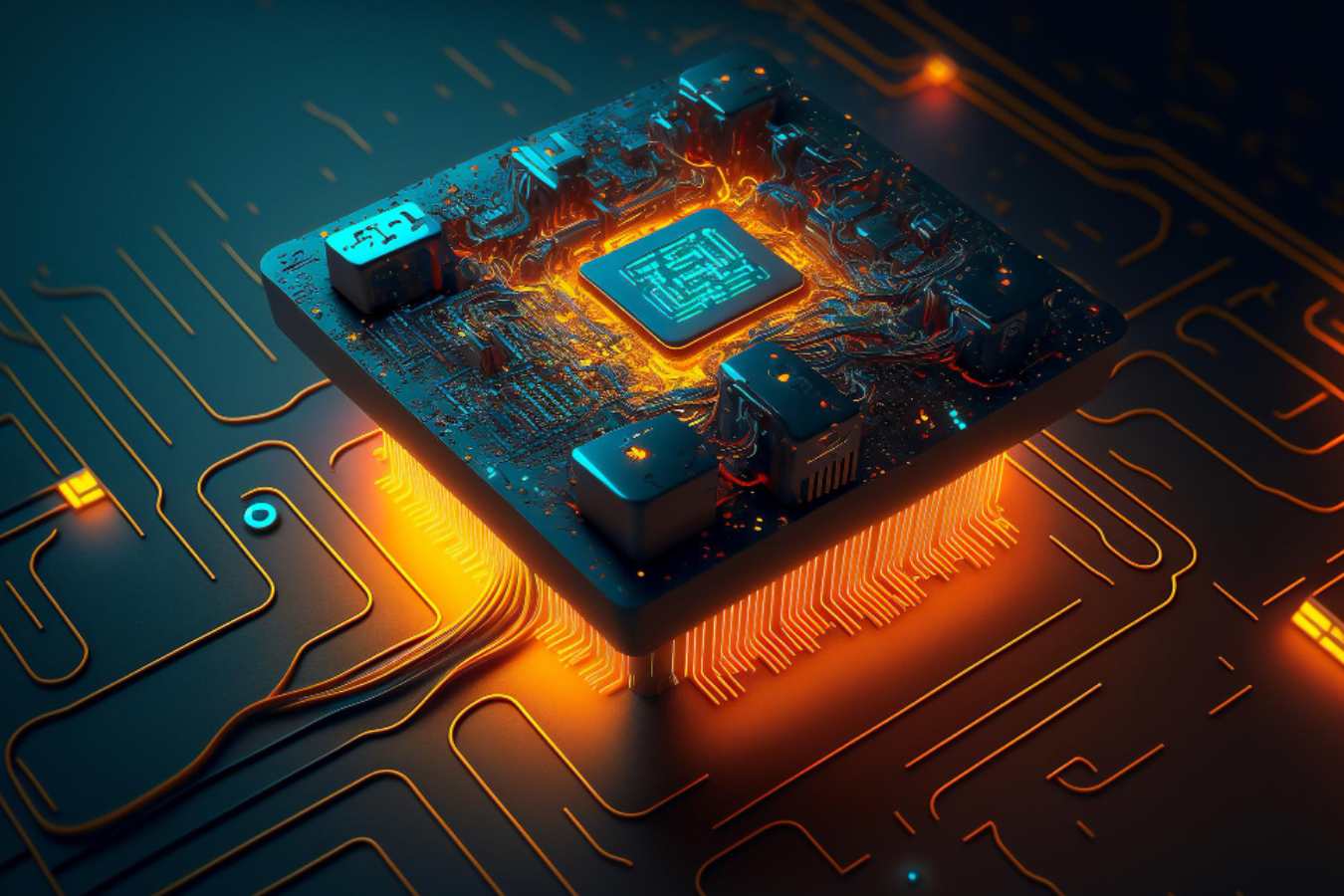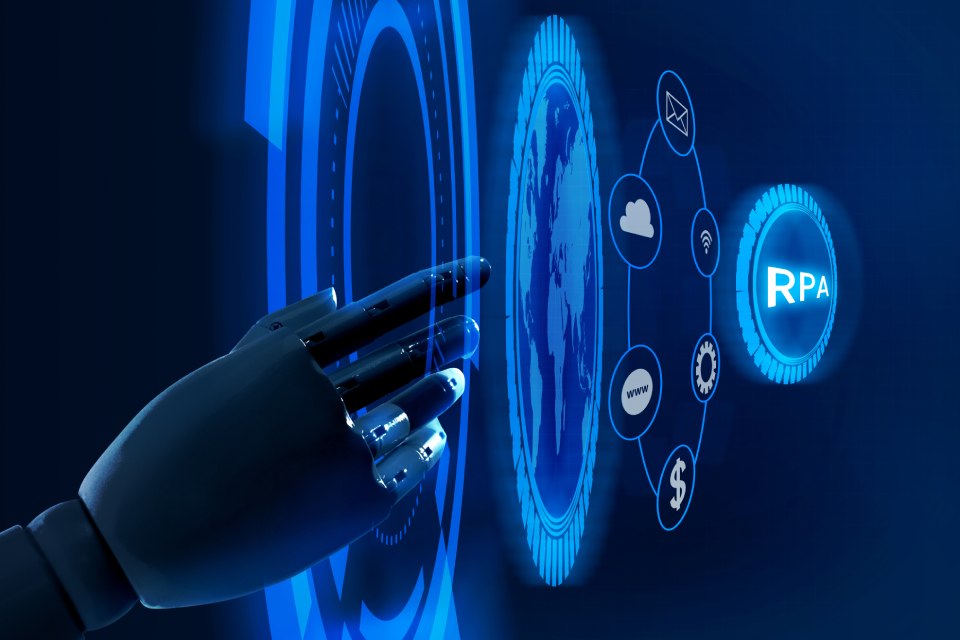Quantum computing is about much more than just a name, so it is no coincidence that various technology giants such as Google, IBM and Microsoft are making big bets to become the first to offer universal and commercial quantum computers.
What Is A Quantum Computer Used For?
In theory, quantum computers have infinitely greater capabilities than conventional computers, so they will be able to completely change how their users do almost anything.
In practice, these are machines with a high cost of both construction and maintenance, which are still taking their first steps in the digital world.
Quantum computers consist of machines capable of processing information written in a series of basic units known as bits, and, contrary to the common ones, they do not require transistors because they work with quantum particles.
How Quantum Computers Work
Its operation is directly based on quantum laws responsible for managing those particles that make up the quantum processor.
Each of these particles not only has electrons but also neutrons and protons. Through a microscope, one can appreciate a flow made up of electron particles, seeing that it behaves like waves.
What characterizes the waves is precisely that they consist of an energy transport capable of functioning without the presence of the transport of matter, as can happen, for example, in the case of sound, which is invisible vibrations for the human eye although they are known to travel through the air until they reach the ears.
This is because electrons consist of particles that can behave not only like a particle but also like a wave, and it is precisely for this reason that it can be said that the operation of quantum computers is very similar to that of any computer. That we can find today.
They receive information encoded in bits, and then operations are carried around them based on a certain algorithm to solve a problem.
The biggest difference between one and the other is that the bits of quantum computers are equally quantum, and they may be in superimposed states, predicted by quantum physics and verified in laboratories.
So while a conventional bit could be 0 or 1, a quantum bit could simultaneously be in the superposition of 0 and 1.
In this way, if, when executing an algorithm, the value of a function is calculated based on said superposition, it will be possible to output the superposition, each of the possible results that the function could offer both 0 and 1.
Its operation is similar to what could be obtained if the function were executed in parallel in both bit values, called quantum parallelism.
This effect offers the opportunity to carry out calculations highly efficiently. Unfortunately, the situation is unpleasant because, within the last step involved in computing, it is necessary to read the result thrown by the algorithm utilizing a measurement.
Although it is known that the measurements can almost destroy the quantum superpositions, for which the doubt arises, are we back to the starting point?
No. Since cunning is about designing algorithms capable of exploiting quantum parallelism without allowing the measurement to completely alter the gain obtained through superpositions.
And it is precisely in this subtlety, in this ability to know how to take full advantage of superpositions by reducing as much as possible the effect caused by the measurement, that lies the superiority of quantum computers in solving problems.
In addition, it is unclear when this gain exists; the truth is that various problems are known in which it occurs, the factorization problem being the most notable.
So the main question remains: what are the problems that it is possible to solve more efficiently through quantum computers?
It is worth mentioning that this technology is still in the experimental stage; you have to imagine how far it would be possible to go once it is officially implemented since, as is evident, it has significantly higher performance than any current computer can offer.
This is because as the qubits of quantum computers increase, the operations that it offers the possibility of carrying out multiply exponentially.
Also Read: Digitization Of Companies: New Workspaces





